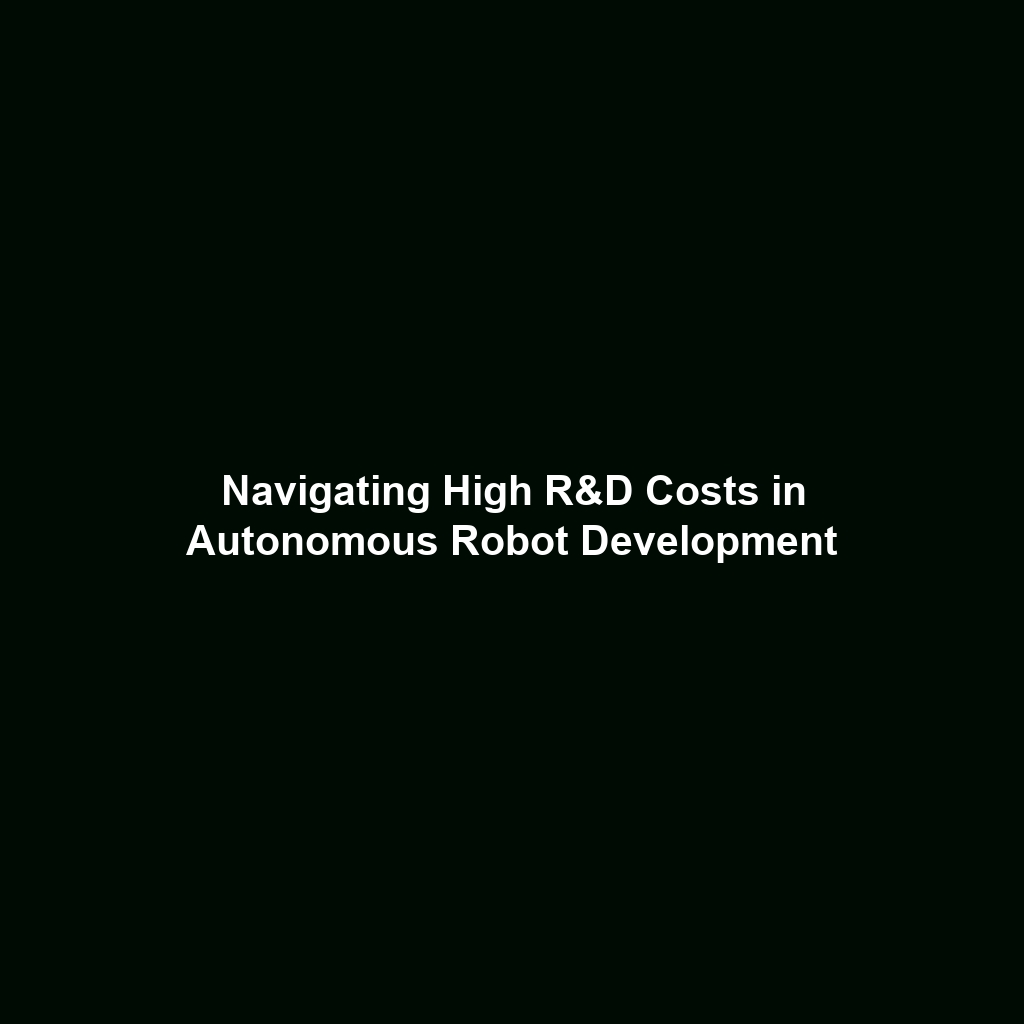Mobile Robots: Navigating the Future of Autonomous Technology
Introduction
Mobile robots, including drones and autonomous vehicles, represent a pivotal advancement within the field of Autonomous Robots. Their ability to navigate complex environments with minimal human intervention has transformed multiple industries, ranging from logistics to disaster response. By mimicking human navigation capabilities, mobile robots enhance efficiency and safety while undertaking tasks that were once deemed challenging. As these technologies evolve, they promise to reshape our interaction with both urban and natural landscapes.
Key Concepts
Understanding Mobile Navigation
Mobile robots utilize various navigation methods such as GPS, computer vision, and simultaneous localization and mapping (SLAM). These technologies allow them to assess environments accurately and make real-time decisions. Here are some major principles:
- Guidance Systems: These systems enable mobile robots to follow predetermined paths or dynamically adjust routes based on real-time data.
- Obstacle Avoidance: By utilizing sensors and artificial intelligence (AI), these robots can detect and navigate around obstacles autonomously.
- Data Integration: Mobile robots often integrate data from multiple sources, including cameras, LiDAR, and IMUs (Inertial Measurement Units), to achieve a comprehensive understanding of their surroundings.
Applications and Real-World Uses
The practical applications of mobile robots are vast and varied. Here are significant domains where these technologies are making an impact within the field of Autonomous Robots:
- Delivery Drones: Companies like Amazon are exploring drones for package delivery, enhancing speed and efficiency in logistics.
- Autonomous Vehicles: Self-driving cars are revolutionizing personal transportation and public transit by reducing human error and increasing safety.
- Agricultural Robotics: Farms are using autonomous vehicles for tasks like planting, harvesting, and monitoring crop health, thus optimizing agricultural productivity.
Current Challenges
Despite the advances in mobile robots, several challenges persist in their study and implementation:
- Regulatory Hurdles: Navigating international and local regulations complicates the deployment of autonomous drones and vehicles.
- Technological Limitations: Environmental factors such as weather and terrain can hinder navigation accuracy.
- Public Acceptance: Concerns regarding safety and privacy remain significant barriers to widespread adoption.
Future Research and Innovations
Looking ahead, innovations in mobile robot technology promise to enhance their capabilities and applications dramatically. Some exciting areas of future research include:
- Improved AI Algorithms: Future mobile robots will likely employ advanced AI to learn and adapt to new environments, making them more efficient.
- Battery Technologies: Breakthroughs in battery efficiency and recycling will enable longer operation times for drones and autonomous vehicles.
- Swarm Robotics: Collaborative use of multiple robots to complete complex tasks is an emerging field that could introduce new efficiencies in operations.
Conclusion
Mobile robots, including drones and autonomous vehicles, are at the forefront of the Autonomous Robots revolution, offering significant advancements in navigation and application across multiple sectors. As research progresses and innovations emerge, these technologies are set to redefine our interaction with the technological landscape. To stay updated on this evolving field, consider exploring more about the applications and challenges of mobile robots. Embracing these changes will prepare us for a future where autonomy plays a critical role in everyday life.


